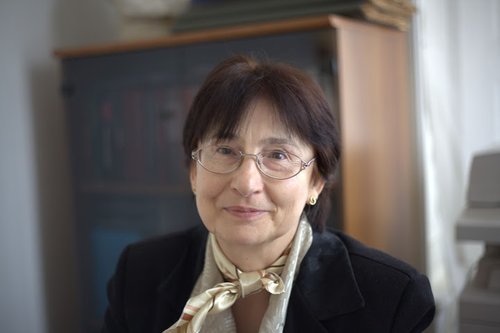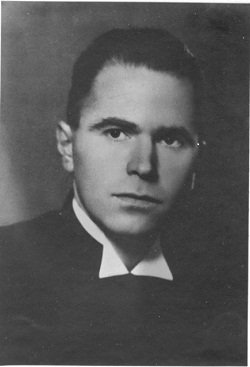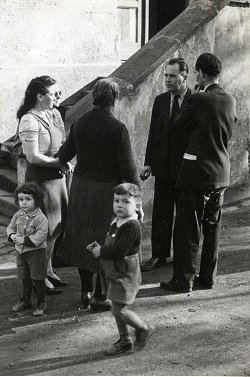
In his short life, Soos always found the means to serve his community. He was very actively involved with the resistance movement in the years of the second World War. Even by risking his life, he strove to give assistance to those in need, and he had the unique talent for finding practical ways to lend a helping hand. In 1944 he even "stole" a military aircraft and flew to Rome, where he tried to negotiate with the Allies in order to talk them out of besieging Budapest.
His illegal activity started on 5 July 1938, which was the time of The Evian Conference summoned by Franklin Delano Roosevelt. Soos attended the event, even though at the same time he had also been representing Soli Deo Gloria at another youth conference. In his report he gave a detailed account of the impending dangers regarding the Jewish population, and it was at this conference that he realised what his calling was. He already had a good relationship with the Good Shepherd Committee which was established by the Reformed Church in Hungary in 1942, and with their assistance he hid many Jewish families and individuals. He even managed to acquire a vehicle with a diplomatic identity number, which was of great help in transporting people to their new residences.
 Géza Soos was one of the inventors of the "escorting committee" idea. This meant that every time Jews were to be deported, 2-3 Christian youth would make an appearance at the star-marked houses, and they would escort the Jews to a nearby square, or would stay in the street in a group, thus giving publicity to this shameful act. This "committee", however, was not placed into service, as Regent Miklós Horthy brought deportations to a halt in July 1944.
Géza Soos was one of the inventors of the "escorting committee" idea. This meant that every time Jews were to be deported, 2-3 Christian youth would make an appearance at the star-marked houses, and they would escort the Jews to a nearby square, or would stay in the street in a group, thus giving publicity to this shameful act. This "committee", however, was not placed into service, as Regent Miklós Horthy brought deportations to a halt in July 1944.
"Historians often wonder what made Horthy stop the deportation of Jews. For a long time it was believed that he had been influenced by the messages of the Pope XII. Pius and the Swedish King, Gustav V. These days, however, it seems quite likely that Géza Soos's Auschwitz Record was of more influence.", said Erzsébet Horváth.
After the war, authorities expected Soos to take up membership in the communist party, which he refused to do. Feeling the pressure, he fled the country and served Hungarian communities in Eurpope by editing periodicals. In 1951 he settled in North Carolina, USA with his wife Ilona Tüdős and their 5 children. Here he lectured at the Theological Seminary and visited Hungarian church groups all over the United States. He was barely 41 years old when in 1953 he was killed in a mysterious road accident.
 Present day research of Soos's activities is made difficult by the fact that they were done illegally, therefore almost none of them was documented. Only survivers could give account of Soos' deeds. Another historical "mystery" is the personal relationship between Soos and Wallenberg; whether they were friends or just co-workers, we can no longer tell. It is a fact, however, that their cooperation was very efficient. One written proof of Soos' collaboration with Raoul Wallenberg is an account about their setting captive pilots and Jews free on the Újpest quay in November 1944. What joined them together was the cause, the recognition of a need for action. Even though the "Hungarian Wallenberg" does not have a worldwide recognition, the fruits of his life work will always be remembered by the Hungarian Reformed Church.
Present day research of Soos's activities is made difficult by the fact that they were done illegally, therefore almost none of them was documented. Only survivers could give account of Soos' deeds. Another historical "mystery" is the personal relationship between Soos and Wallenberg; whether they were friends or just co-workers, we can no longer tell. It is a fact, however, that their cooperation was very efficient. One written proof of Soos' collaboration with Raoul Wallenberg is an account about their setting captive pilots and Jews free on the Újpest quay in November 1944. What joined them together was the cause, the recognition of a need for action. Even though the "Hungarian Wallenberg" does not have a worldwide recognition, the fruits of his life work will always be remembered by the Hungarian Reformed Church.
Dóra Sindelyes
Translated by Katalin Burns